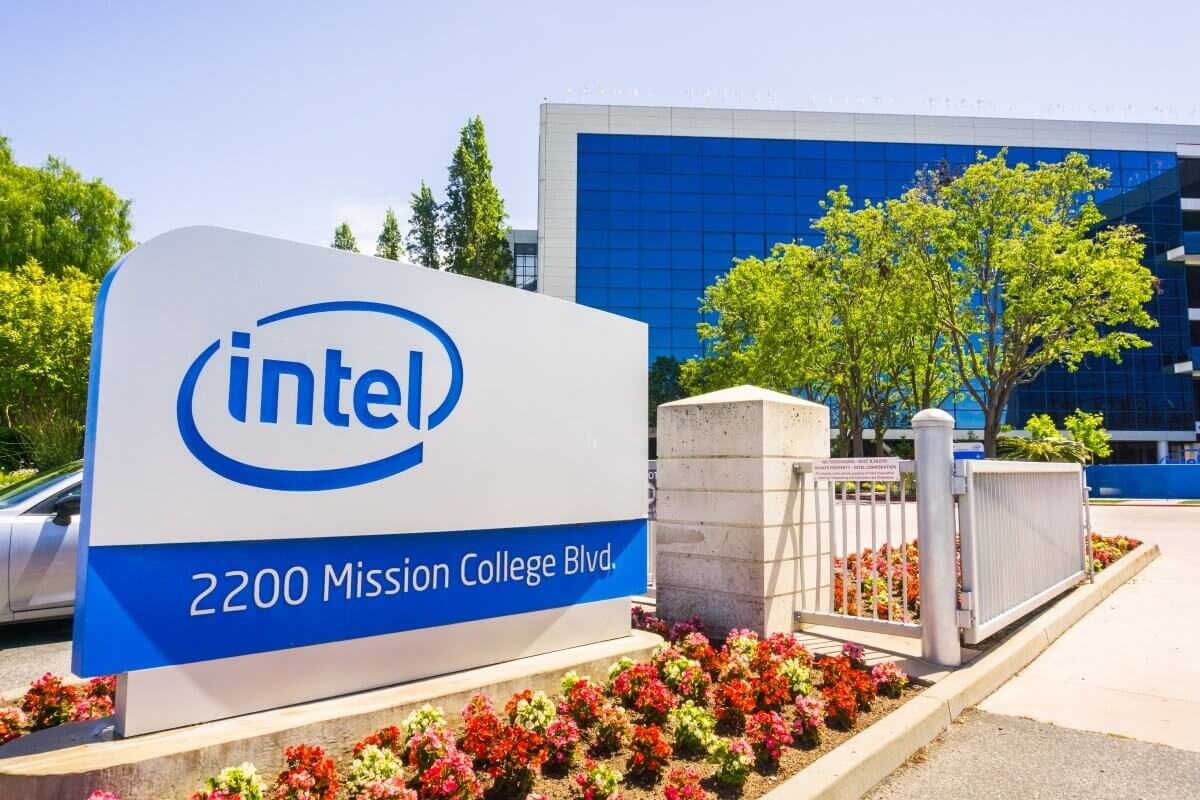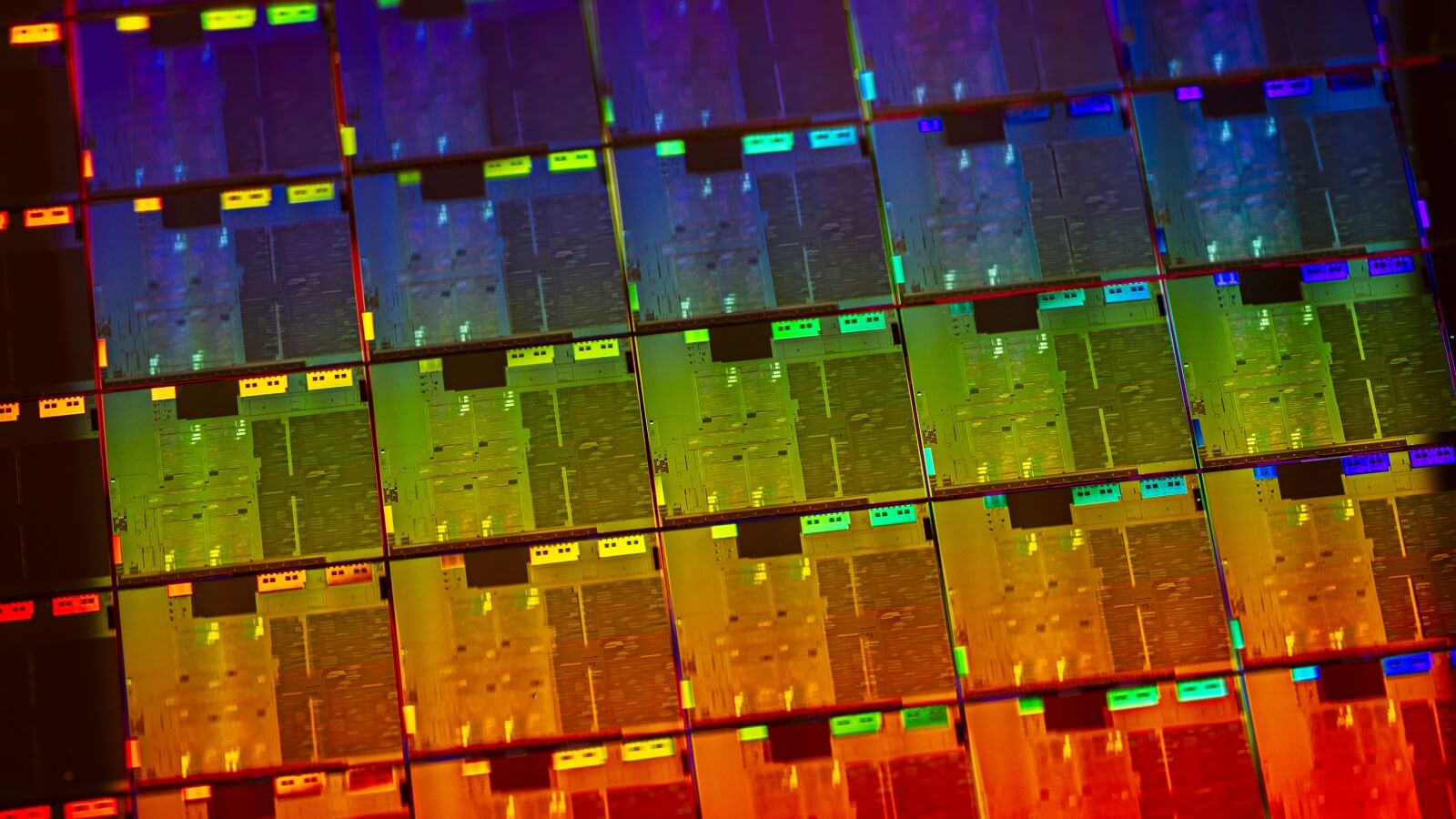In context: Intel just closed the books on the third quarter, and as we enter Q4 19, Intel is looking to notch a record year. During the earnings call, CEO Robert Swan dished on a number of topics, including retaking process leadership, addressing the ongoing CPU shortage, and with Intel's continued growth, how it must also improve its execution in equal measures.

Despite a persistent CPU shortage and the hurdles faced at 10nm, Intel just notched a very prosperous third quarter -- the best in Intel's history, according to CEO Robert Swan.
"Q3 2019 was the best quarter in our company's history. We generated $19.2 billion in revenue and a $1.42 in non-GAAP EPS, exceeding our guidance by $1.2 billion and $0.18, respectively. We've achieved record revenue both overall and in our data-centric businesses while making continued progress on our strategic priorities. Simply put, our ambitions have never been greater. We are growing share in a large and expanding $300 billion market opportunity, fueled by the exponential growth of data, which is reshaping computing," said Swan in an earnings call.
That last part alludes to Intel's new data-centric business model, placing emphasis on silicon that underpins its new mantra: "Moving, storing, and processing data." Indeed, we are at a precipice for exponential growth in data as cloud workloads diversify, edge computing becomes more pervasive, and the increasing rise of the IoT. This is a segment Intel plans to invade aggressively.
For Q3 2019, Intel reported $19.2B in revenue of which its data-centric segment accounted for nearly 50% of that, seeing record revenue of $9.5B. Intel's DCG (Data Center Strategy Group), IOTG (Internet of Things Group), and NSG (Non-Volatile Memory Solutions Group) all saw record revenues this quarter.
Intel's PC-centric business wasn't quite as record setting, but remained strong overall, given the current market climate. PC revenue was down 5% YoY, and was consistent with Intel's previous guidance in July. Offsetting the decline was demand for Intel's 10nm Ice Lake chips, as Intel notes that OEMs have shipped 18 Ice Lake-based designs thus far. Intel expects a total of 30 designs to launch by the end of 2019, which means that Intel's Q4 19 earnings in the PC segment will likely be propped up by Ice Lake demand.

Intel is expecting to close 2019 with a strong Q4. Q4 19 revenue is projected to be at $19.2B, a 3% YoY increase. Intel's data-centric business is expected to see another 6% to 8% growth in revenue. Meanwhile, PC-centric businesses are expected to remain flat.
There was an interesting bit of reflection from Intel, as the chipmaker somewhat subliminally admits to losing its process lead -- a loss it attempts to rectify with its 7nm process. According to Swan, Intel is "investing to recapture process leadership going forward." Swan also notes Intel expects its first 7nm products by the third quarter of 2021, while also ramping 10nm. Perhaps most importantly, Intel highlighted its desire to move back to a two-year development cadence with its process nodes, like the Intel days of old with its tick-tock cadence.
However, it won't be the tick-tock cadence Intel adhered to previously, and for so long, that cemented its process leadership. We know Intel is designing its future architectures to be portable between nodes, rather than tying new core designs to a process node shrink -- one of many lessons learned with the tumultuous 10nm process. Sunny Cove is Intel's first such architecture.
Intel also confirmed it's still struggling with supply. While Intel has continuously increased its CapEx spending and brought 14nm capacity up by 25% this year, Intel concedes that demand is still outpacing supply. "PC demand has exceeded our expectations and surpassed third-party forecasts. We now think the market is stronger than we forecasted back in Q2, which has made building inventory buffers difficult. We are working hard to regain supply demand balance. But we expect to continue to be challenged in the fourth quarter," says Swan.
Intel intends to finally catch up to demand in 2020, as it continues to ramp 14nm capacity.
So while Intel has a lot to look forward to and celebrate, the chipmaker admits its execution efforts can be improved. Especially at a time when AMD is as competitive as ever, and that competition is set to heat up this November with both chipmakers launching new HEDT lineups. Intel will release its Skylake-X Refresh successor, Cascade Lake-X, while AMD will debut the Zen 2-based Threadripper 3000.